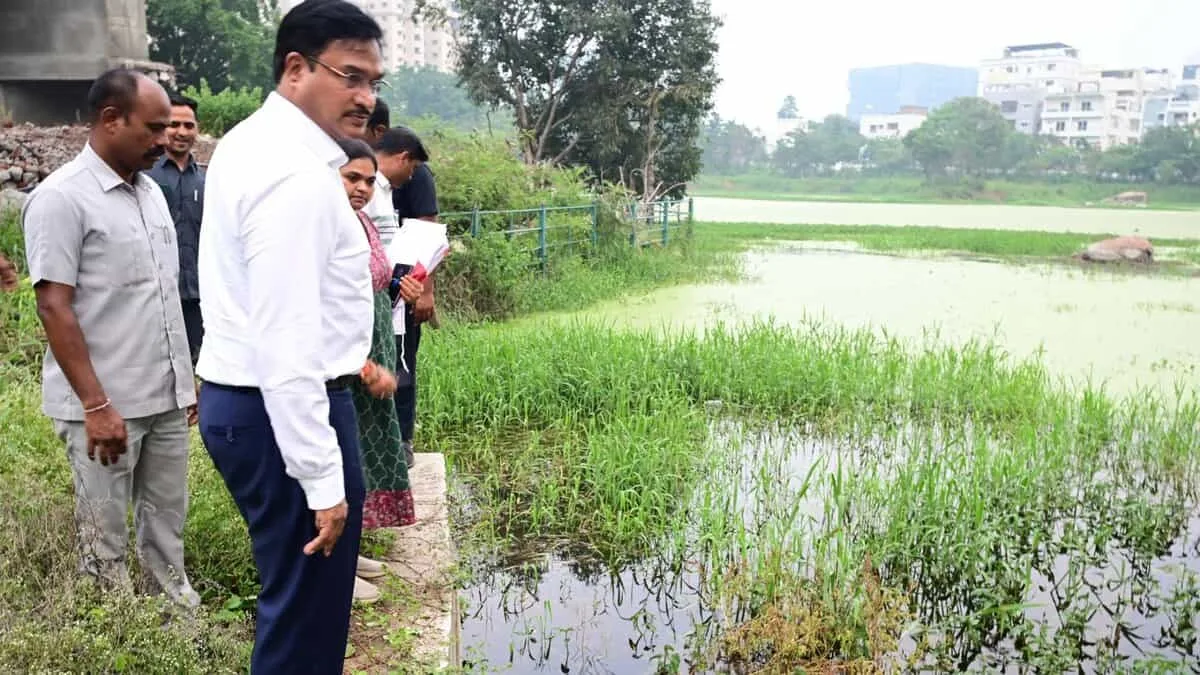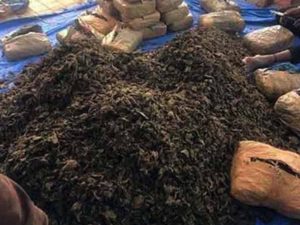Hyderabad: Hyderabad Disaster Response and Asset Protection Agency (HYDRAA) Commissioner AV Ranganath, on Wednesday, August 6, conducted field inspections in Gandipet mandal and the NITHM campus and reviewed the situation on encroachments, and made suggestions on lake protection.
He visited the Puppalaguda village located in Gandipet mandal of Rangareddy district, following a complaint by ‘Society to Save Rocks’, who urged the protection of the hills located in Survey Nos. 452/1 and 454/1.
The Commissioner ordered fencing of over 200 acres of government land in the area while also noting that approximately 10 acres of land have been allotted to temples and a dargah.
He said that the boundaries of the religious institutions will be examined by the revenue department, and after clear demarcation, respective lands allotted to each entity would be fenced and restricted accordingly, and the remaining land would be preserved. He also added that a meeting would soon be held with all the stakeholders.
Commissioner AV Ranganath emphasised that preserving the hills, which are said to be around 2.5 billion years old, is crucial for the protection of the environment.
He also added that any High Court orders preventing construction in the area would also be reviewed.
Locals also brought the commissioner’s attention towards the Bhagirathamma lake, which lies adjacent to these rock formations and pointed out that inlets feeding the lake have been blocked.
HYDRAA visits NITHM lake
The HYDRAA commissioner was also invited by the NITHM (National Institute of Tourism and Hospitality Management) Director, Prof Venkataramana, to visit the lake located within the premises of the institute.
The director sought suggestions for the lake’s restoration, saying that the lake, which was once used for boating, has now become polluted.
The commissioner suggested desilting and constructing a bund around the lake, making way for facilities like lawns, a play area, an open gym, and a walking track around the lake.
He also suggested that measures should be taken to manage the lake’s inlets and outlets and prevent sewage water from mixing with the lake water.







